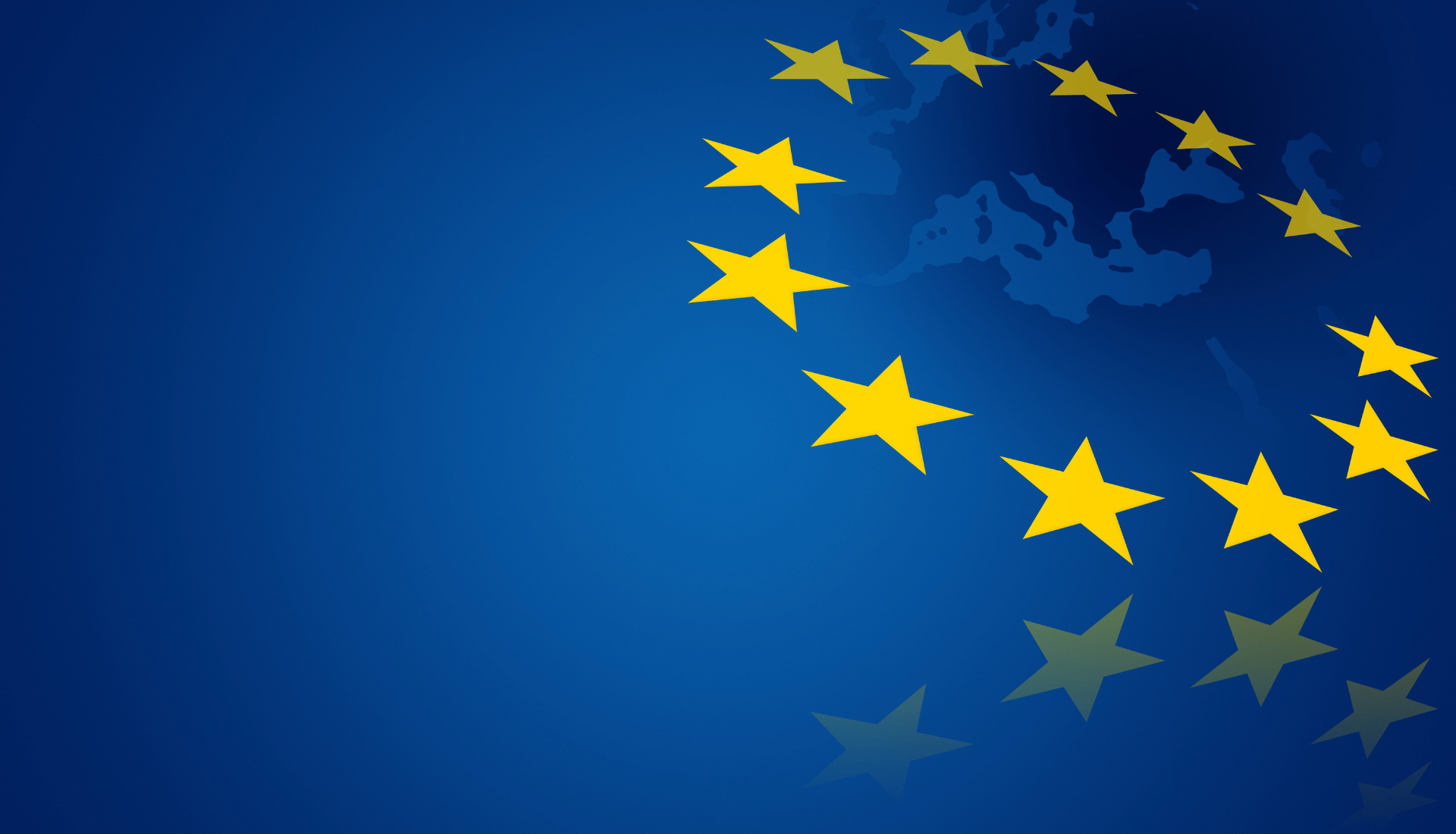
Are you wondering how to obtain CE certification for your product?
Frequently asked questions :
- What conformity tests are required for CE certification?
- What are the regulatory requirements for CE certification?
- How can I be sure that my product meets CE safety and performance standards?
- How do you prepare the documentation required for CE certification?
At Nexio, we help you navigate the CE certification process with expertise.